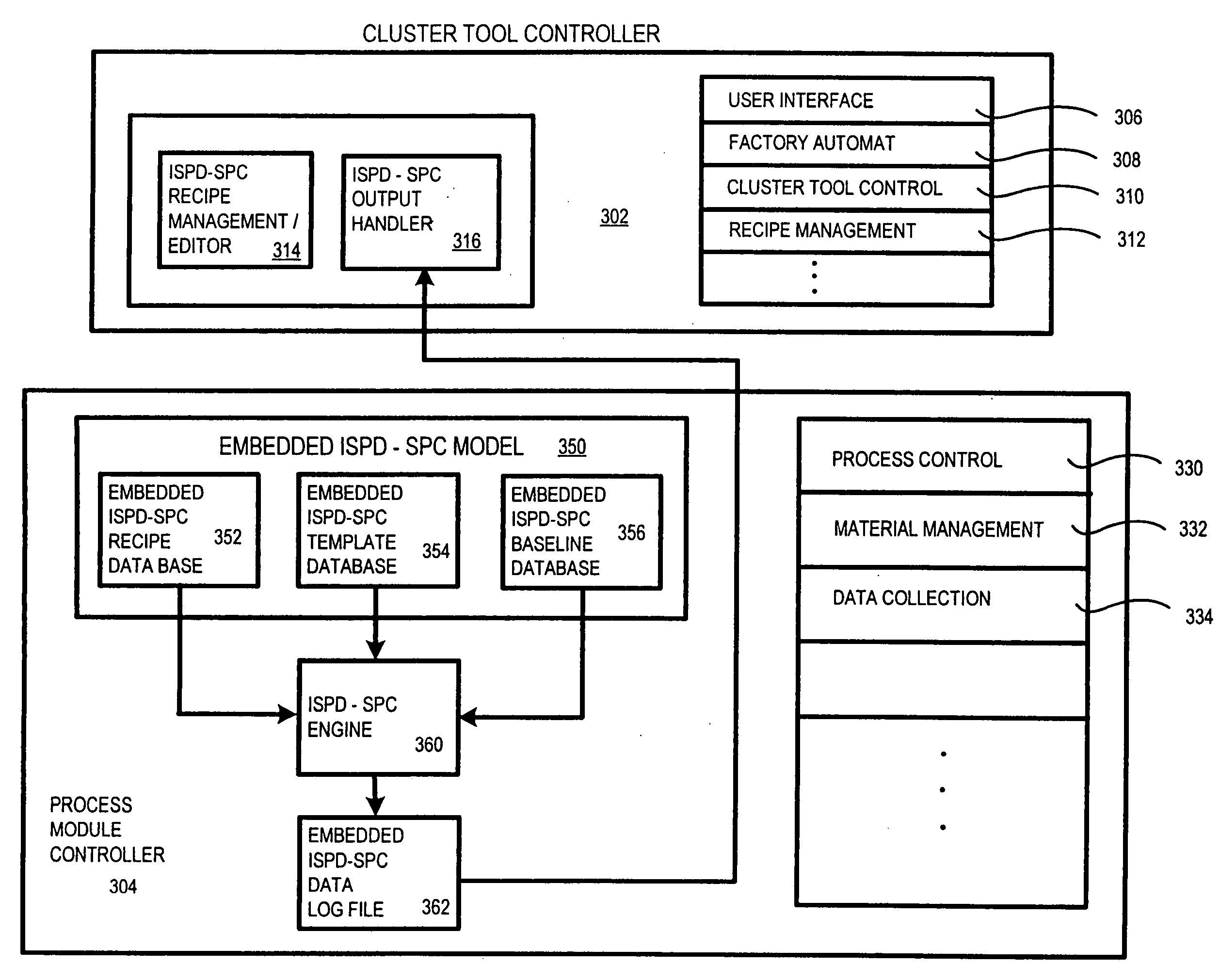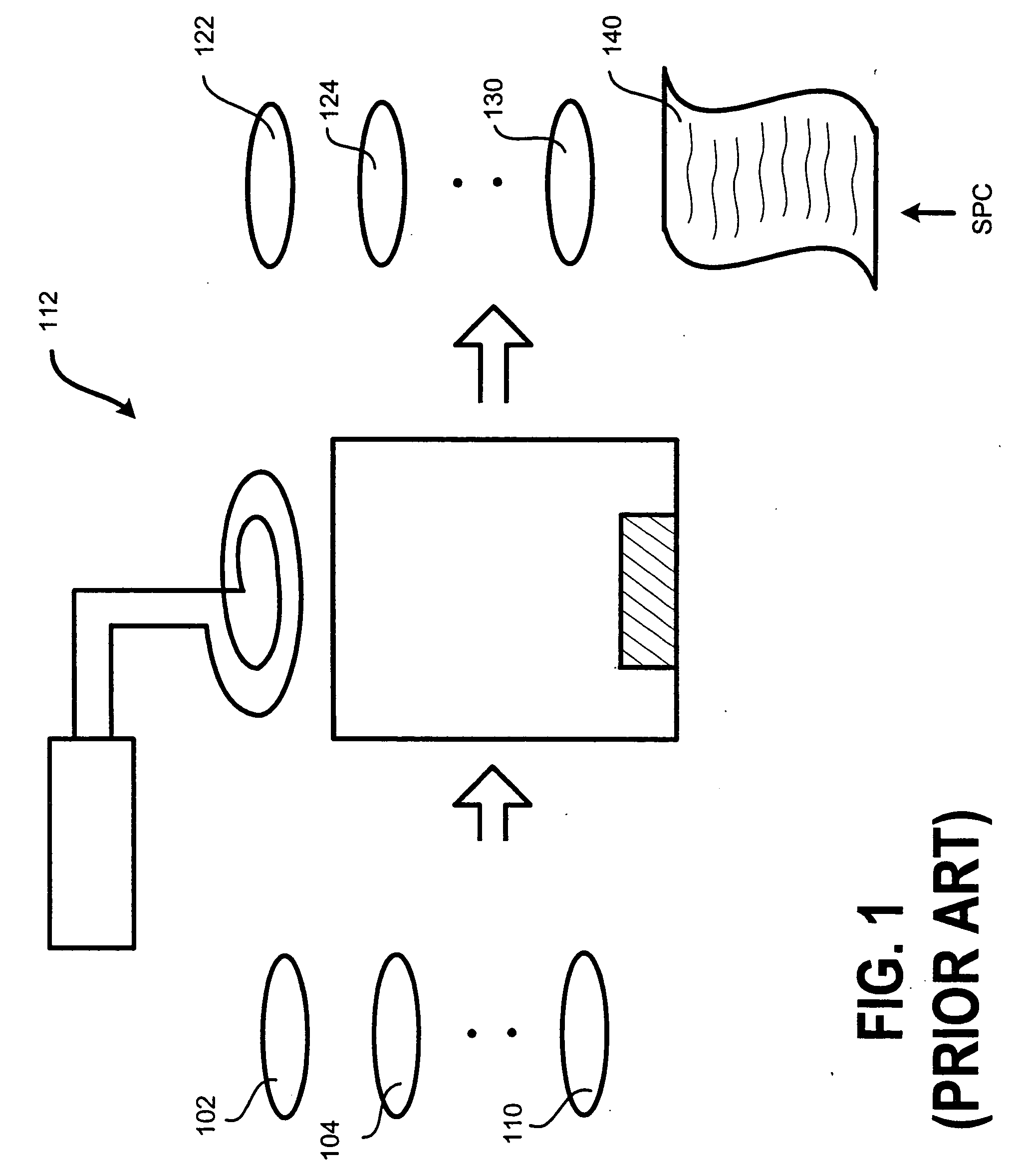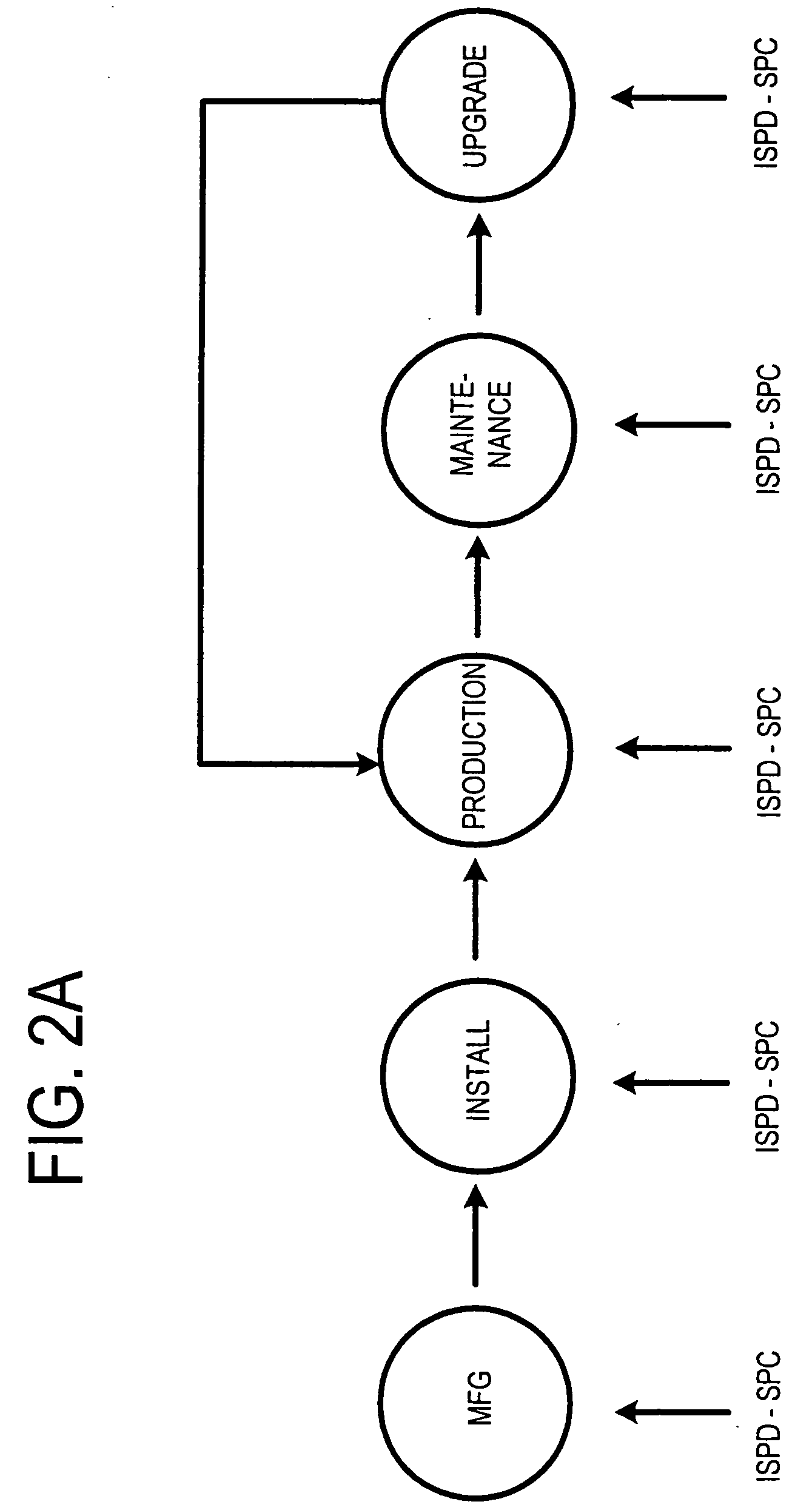Integrated stepwise statistical process control in a plasma processing system
a plasma processing system and statistical process technology, applied in process and machine control, testing circuits, instruments, etc., can solve the problems of high cost of ownership of a given plasma processing system, complex and expensive plasma processing system manufacturing and operation, and circuit designers often resort to exotic and expensive materials to deposit and/or etch the layers
- Summary
- Abstract
- Description
- Claims
- Application Information
AI Technical Summary
Benefits of technology
Problems solved by technology
Method used
Image
Examples
Embodiment Construction
[0026] The present invention will now be described in detail with reference to a few preferred embodiments thereof as illustrated in the accompanying drawings. In the following description, numerous specific details are set forth in order to provide a thorough understanding of the present invention. It will be apparent, however, to one skilled in the art, that the present invention may be practiced without some or all of these specific details. In other instances, well known process steps and / or structures have not been described in detail in order to not unnecessarily obscure the present invention.
[0027] To facilitate discussion of the advantages of the present invention, FIG. 1 is a prior art diagram depicting how statistical process control (SPC) is employed in the prior art. Generally speaking, SPC is applied in the prior art to the post-production substrates and the data log file that accompanies the post-production substrates. With reference to FIG. 1, there are shown substra...
PUM
| Property | Measurement | Unit |
|---|---|---|
| flow rate | aaaaa | aaaaa |
| pressure | aaaaa | aaaaa |
| voltage | aaaaa | aaaaa |
Abstract
Description
Claims
Application Information
 Login to View More
Login to View More - R&D
- Intellectual Property
- Life Sciences
- Materials
- Tech Scout
- Unparalleled Data Quality
- Higher Quality Content
- 60% Fewer Hallucinations
Browse by: Latest US Patents, China's latest patents, Technical Efficacy Thesaurus, Application Domain, Technology Topic, Popular Technical Reports.
© 2025 PatSnap. All rights reserved.Legal|Privacy policy|Modern Slavery Act Transparency Statement|Sitemap|About US| Contact US: help@patsnap.com



